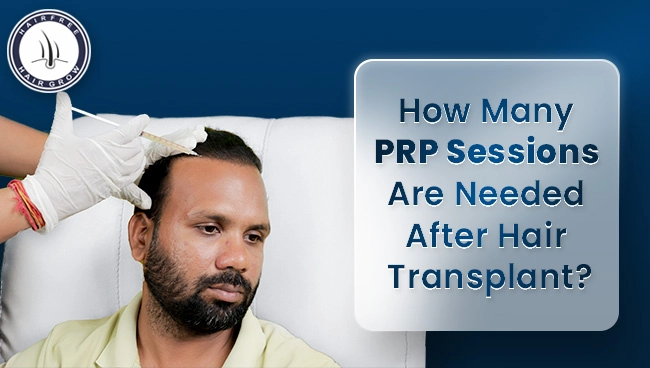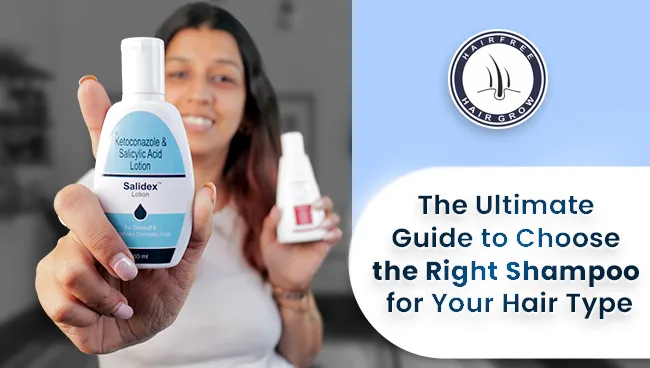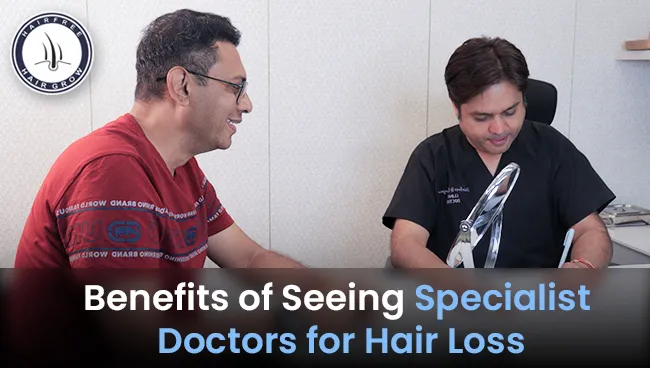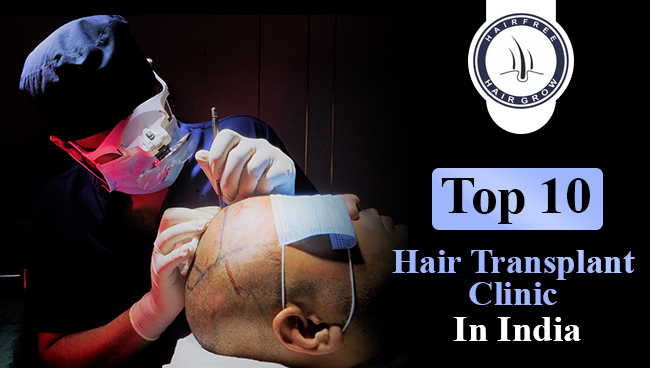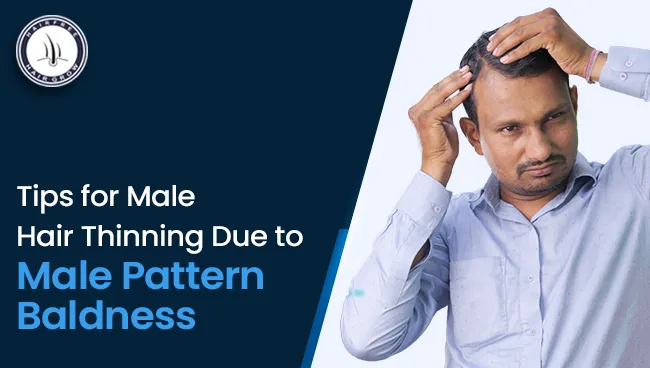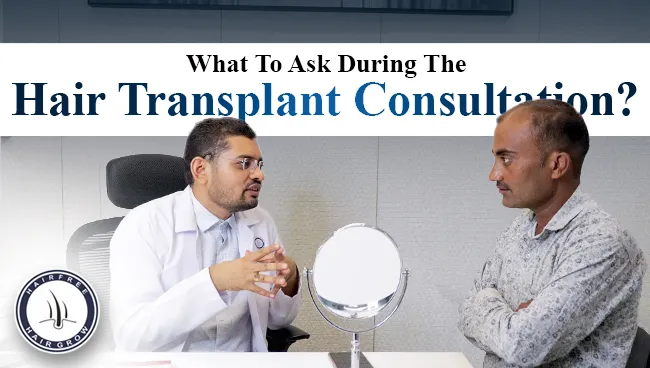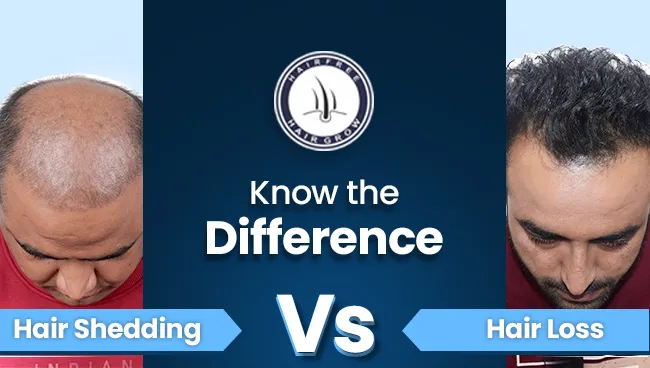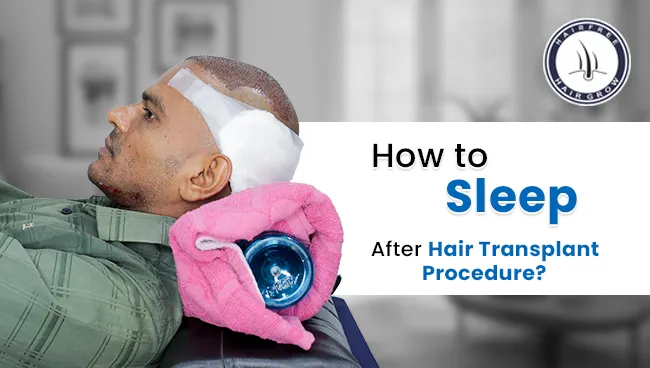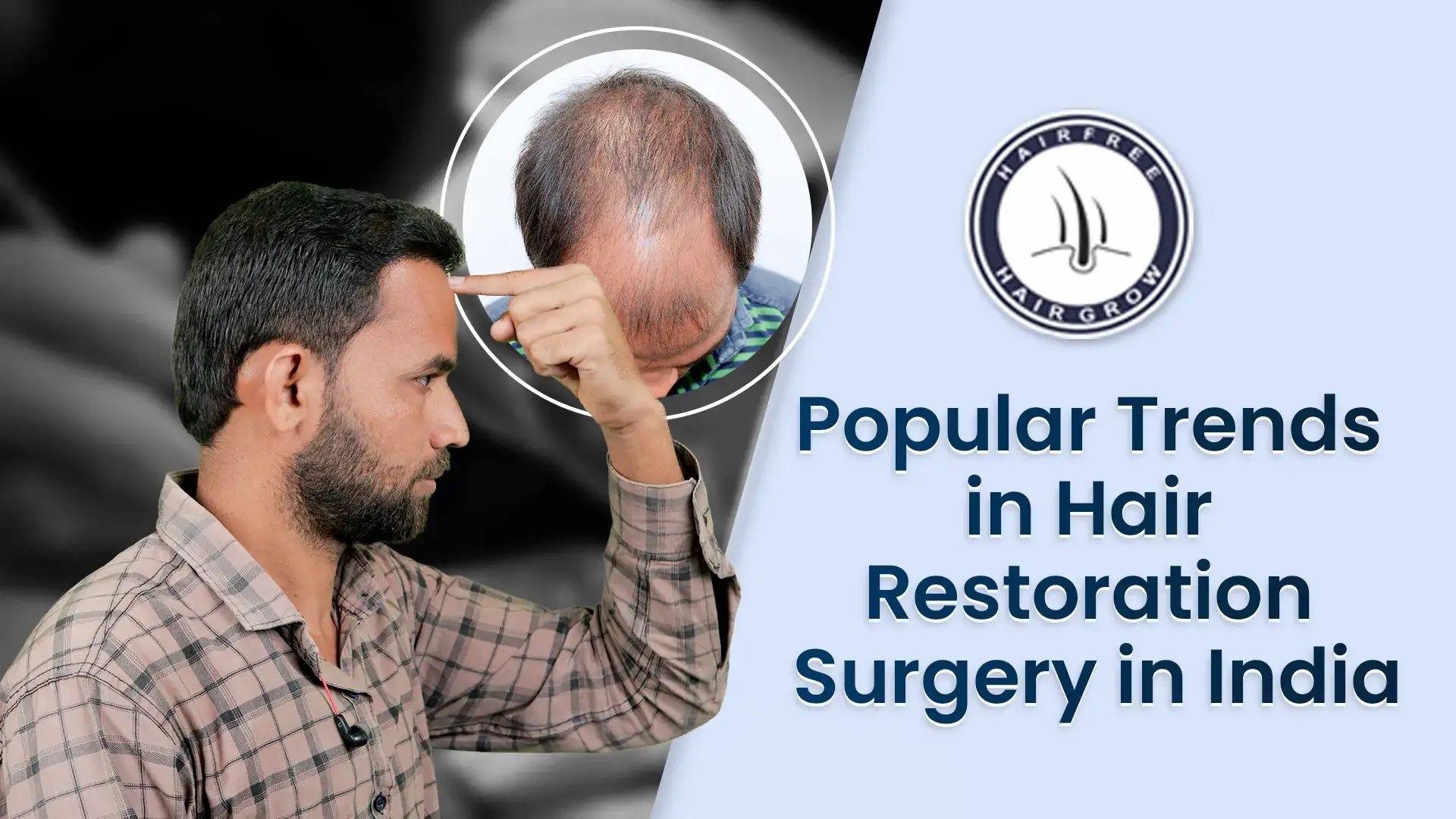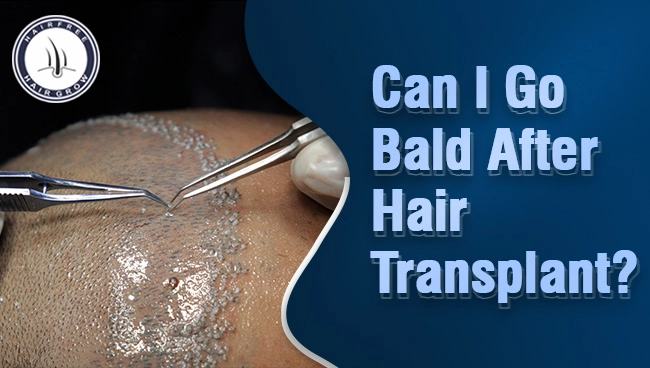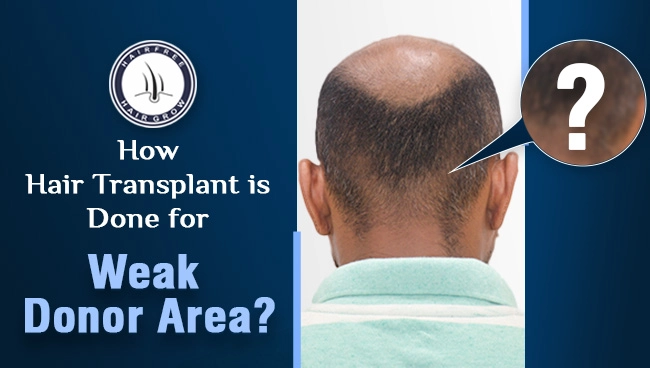Hair loss is a common issue worldwide, and millions of people suffer from it. Studies in the United States suggest that 30 million women and 50 million men have pattern baldness. Fortunately, medical science has developed several innovative hair restoration treatment options over time, including Platelet-rich Plasma (PRP) therapy. This emerging hair loss therapy is backed by promising research and effectively treats all types of hair loss. This article will explore PRP therapy’s benefits and how it promotes hair growth. Determining how many PRP sessions are required depends on individual needs and treatment goals.
How Many PRP Sessions are Required for Effective Hair Transplant Results?
Well, the answer to this question is not straightforward. Depending on several factors, the number of PRP sessions required can vary from person to person. These factors include the extent of hair loss, the underlying cause PRP of hair loss, overall health, and response to the treatment.
PRP can do both work, first it reduces the ongoing hair fall to minimal level and later on it also regrow hair follicles to its normal level if done on time. Generally, most patients require two to three PRP sessions to achieve the desired hair fall control while it takes 4-5 session to achieve noticeable hair regrowth. These sessions are usually spaced 3-4 weeks apart to allow the scalp enough time to heal and for the hair follicles to respond to the treatment. During each session, the patient’s blood is drawn, and the platelets are extracted and concentrated before being injected into the scalp.
However, some patients may need more or fewer sessions depending on their individual responses to the treatment. For instance, if the hair loss is severe, a patient may need more PRP sessions to achieve the desired results. On the other hand, if the hair loss is minimal, a patient may require fewer PRP sessions.
Are PRP Hair results permanent?
PRP (platelet-rich plasma) therapy for hair loss can offer long-lasting results but is not considered a permanent solution. Multiple sessions are usually required to see initial results, and follow-up visits every 6 to 12 months may be necessary to maintain and boost the effects of the treatment. While the exact duration of results may vary from person to person, PRP therapy can provide long-lasting benefits for hair growth and thickness. However, continued treatments may be necessary to sustain these benefits over the long term.
Is PRP Hair Therapy Painful?
PRP Hair Therapy is generally not painful as it does not involve surgery and is a non-invasive procedure. Local anesthesia is used during the treatment process, making it relatively safe. The injection of plasma into the scalp may cause minimal pain, but it is tolerable. No significant risks are involved as the therapy uses the patient’s blood. Some patients may experience mild swelling and tenderness in the scalp, which typically resolves within 3-5 days.
Who is a Good Candidate for PRP Therapy?
PRP therapy is an effective hair restoration treatment for both men and women who have experienced hair loss or thinning. It is especially effective for individuals in the early stages of hair loss and those with androgenic alopecia (pattern baldness). However, PRP therapy is not suitable for individuals with certain medical conditions, such as blood disorders and skin diseases. It is always best to consult with a qualified medical professional to determine if PRP therapy is right for you
What are the Benefits of PRP Therapy?
PRP therapy has many benefits for hair restoration, including:
- A non-surgical and minimally invasive treatment option.
- A safe and natural treatment that uses the patient’s own blood.
- Stimulates hair growth and improves hair thickness.
- There is no downtime, and patients can resume normal activities immediately after the procedure.
Is PRP Better Than A Hair Transplant?
Yes, whether PRP therapy or a hair transplant is better for you depends on the type and extent of your hair loss. Hair transplant procedures are typically recommended for individuals with significant balding or hair thinning across the scalp, particularly those with male or female pattern baldness. Hair transplants can cover large bald patches and receding hairlines.
On the other hand, PRP therapy may be a more suitable option for individuals with conditions such as alopecia areata or traction alopecia. Additionally, PRP therapy can help strengthen existing hair, promote natural hair growth, and reduce hair fall.
At Hairfree Hairgrow clinic, you can expect to receive the best PRP hair treatment.
How Much Does PRP Hair Restoration Cost?
PRP (Platelet-Rich Plasma) hair restoration treatment costs vary depending on the clinic and location. In general, the cost ranges from around 3000 Rs To 5000 Rs per session. The number of sessions needed may also vary depending on the severity of hair loss and the individual’s response to treatment. It’s important to do your research and find a reputable clinic with experienced professionals who can properly assess your needs and provide personalized treatment recommendations.
One such clinic you can consider is Hairfree Hairgrow clinic, known for its PRP and hair transplant treatment services in Pune, Hyderabad, Surat, Kolkata, Gurugram, Ahmedabad, Bhopal, and Mumbai.
Conclusion
So we hope this blog will help you decide whether you have to go for PRP treatment or not. PRP therapy is a promising treatment for hair restoration after a hair transplant. It can help improve the overall quality and thickness of the transplanted hair and stimulate new hair growth. However, the number of PRP sessions required may vary depending on the individual’s specific needs and the extent of their hair loss. It is important to consult with a qualified healthcare professional to assess your specific needs and develop a personalized treatment plan.
Written By
MD (Skin & VD)
Dr Santpal Sangwan is Consultant Hair transplant Surgeon at Hair free and Hairgrow Gurgaon with 10+ years of experience in PRP for hair transplant technique.
Disclaimer
We’ve made all possible efforts to ensure that the information provided here is accurate, up-to-date and complete, however, it should not be treated as a substitute for professional medical advice, diagnosis or treatment. See Detailed Disclaimers Here.

